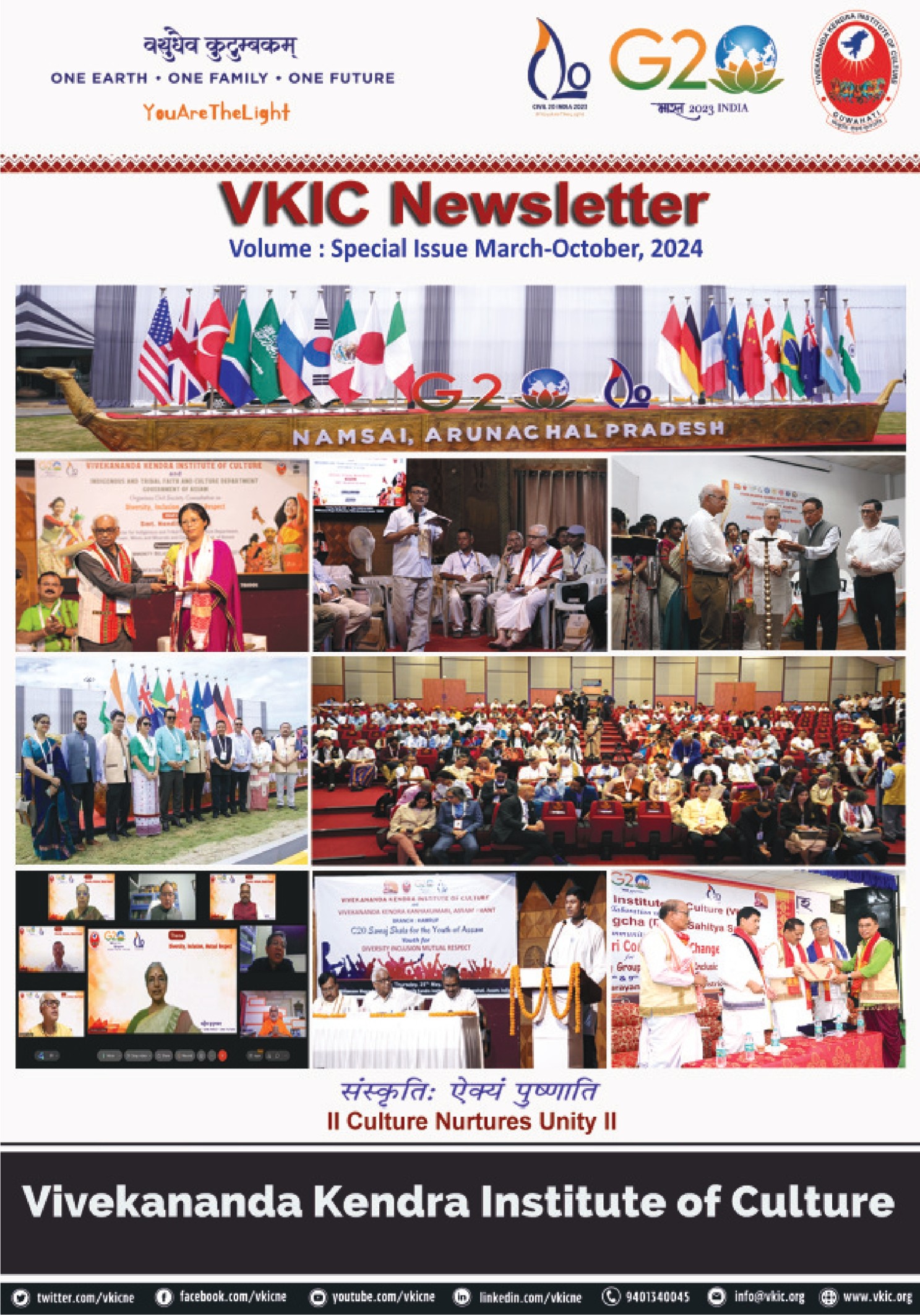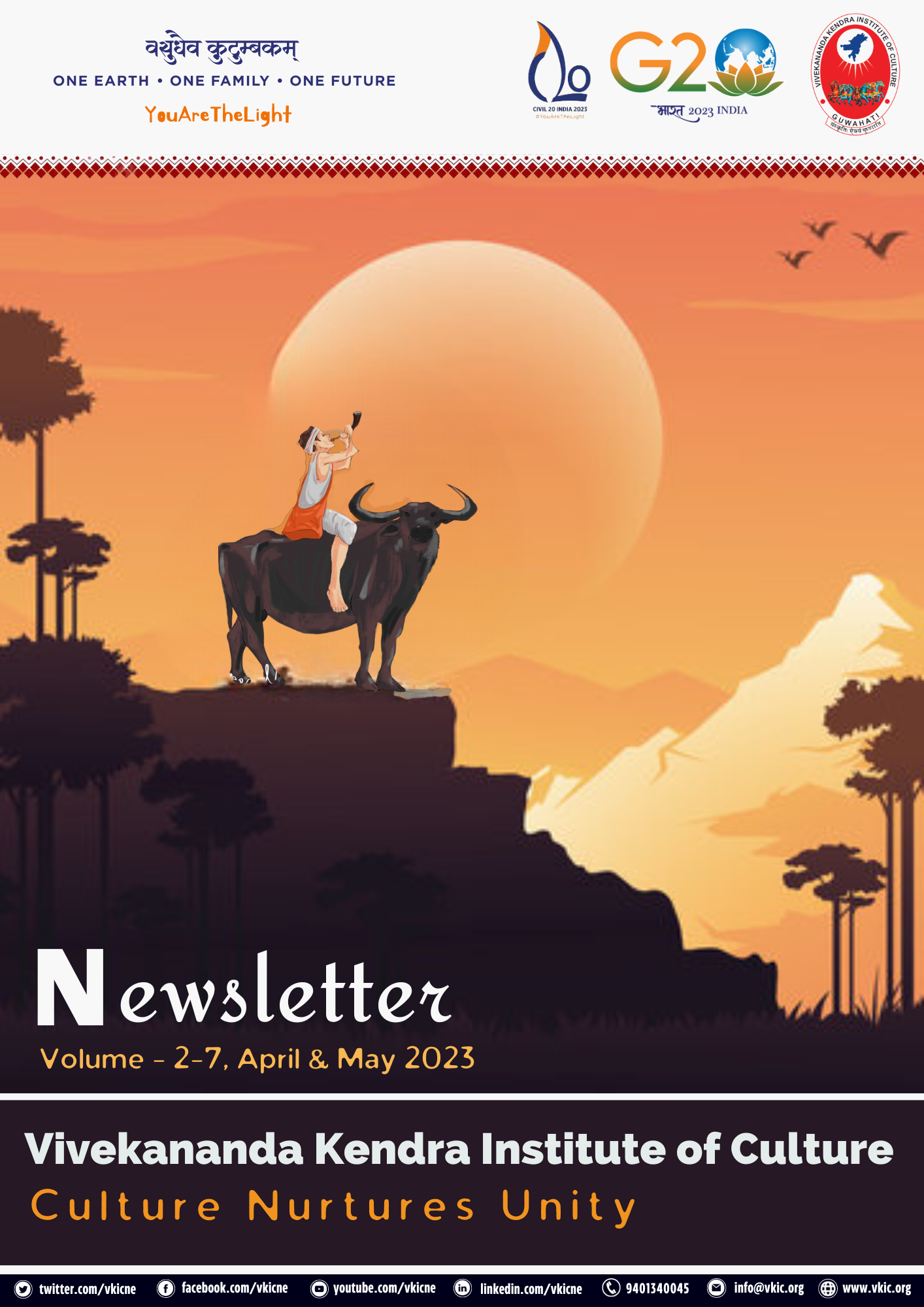.jpg) Dr Sarat Kumar Phukan, who has carried out research on the life and times of Srimanta Sankardeva, shared his knowledge about the prevailing physical and cultural conditions in which the Vaishnavite saint performed his pilgrimages across a vast area of India.
Dr Sarat Kumar Phukan, who has carried out research on the life and times of Srimanta Sankardeva, shared his knowledge about the prevailing physical and cultural conditions in which the Vaishnavite saint performed his pilgrimages across a vast area of India.
It was a lecture on a subject of history, but with supporting material from present day technology. Geographical tools were used to shed new light on one of the most important events of Assam's history and culture.
Focusing on little known facts about the pilgrimages of Srimanta Sankardeva in different parts of India, the researcher said the historic journeys cannot be fully understood without a geographical angle.
Delivering the Dr. Minati Hazarika Endowment Lecture on Srimanta Sankardeva's pilgrimages in AD15-16 centuries, Dr. Phukan said - The geography of Assam and rest of India needs to be taken into account to appreciate the actual dimensions and significance of his travels. It was far more difficult to traverse through a vast landscape compared to later times, considering the geophysical constraints.
‘It is nothing short of amazing that Srimanta Sankardeva and his companions could travel through inhospitable terrain and people to visit places as far as Badarikashram, Puri, Kanyakumari, and Dwarka. It was a momentous event in the history of the entire Neo-Vaishnavite movement. No other saint of India in that period had made such extensive pilgrimages and gathered knowledge from so many sources.’
The saint and his entourage had to cross numerous rivers, streams, wastelands, and mountains in the course of the two pilgrimages made in the 15th and 16th centuries. Another obstacle the group had to surmount was the presence of hostile tribes on their path.
Available evidence suggests that the climatic conditions of the different regions varied widely, which must have created difficulties for travellers from a different climatic region.
With the aid of maps he showed that Srimanta Sankardeva during his two pilgrimages visited all the major sites sacred to the Hindu faith in some of the remotest parts of India, which was then known as Jambudwipa. He visited Puri and its adjoining areas twice, indicating his deeper interest.
The saint in his travels was able to absorb fundamental religious and spiritual ideas from different sites of pilgrimage and enlarge his understanding. No less significantly, he succeeded in introducing the culture of Assam to several areas of the Indian subcontinent. It was such an exchange of ideas which made his pilgrimages all the more remarkable.
It is worth mentioning that Minati Hazarkia Endowment Lecture has been an annual event organised by the VKIC, and it aims to reveal hitherto unexplored cultural and spiritual facets of Assam and neighbouring areas.


